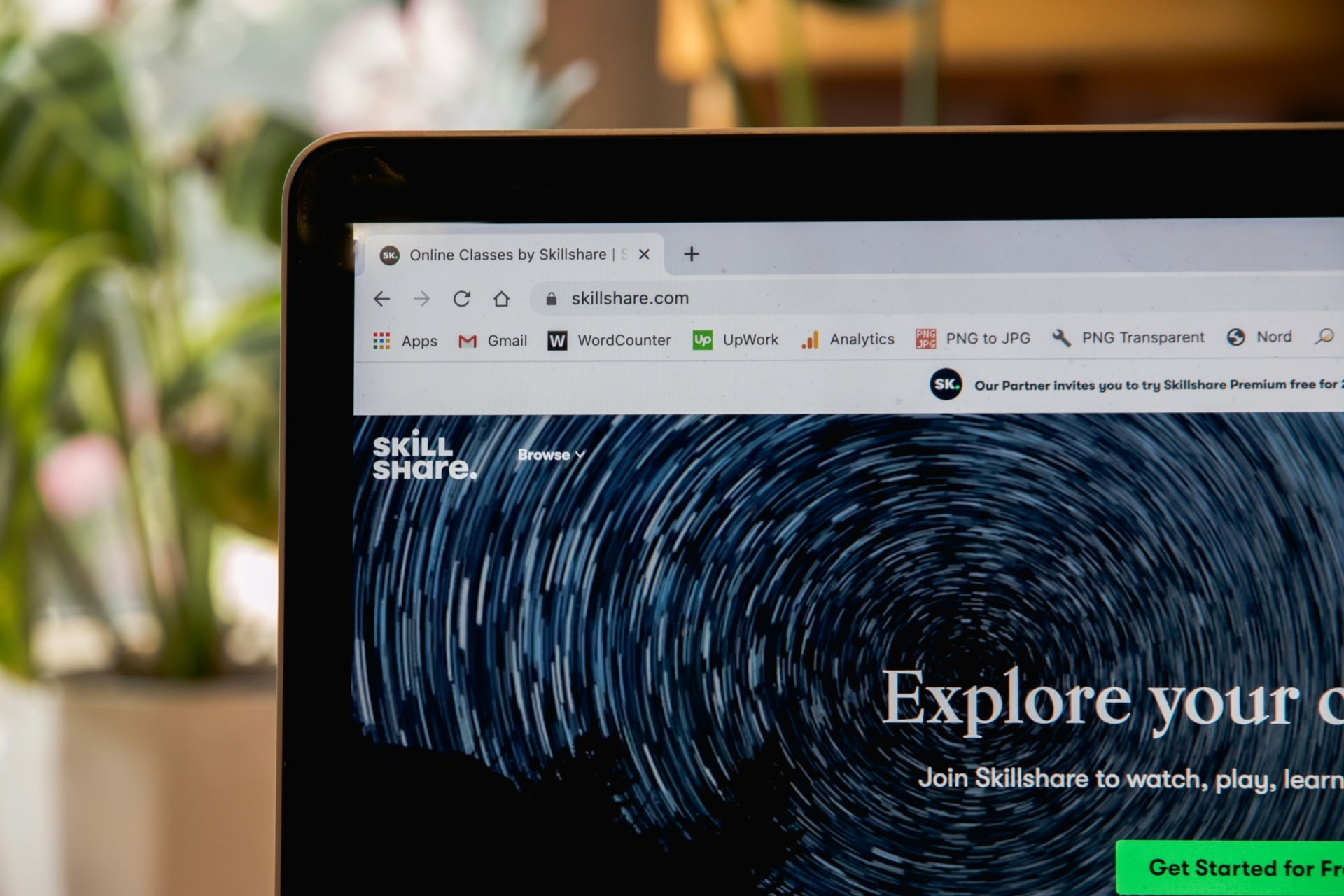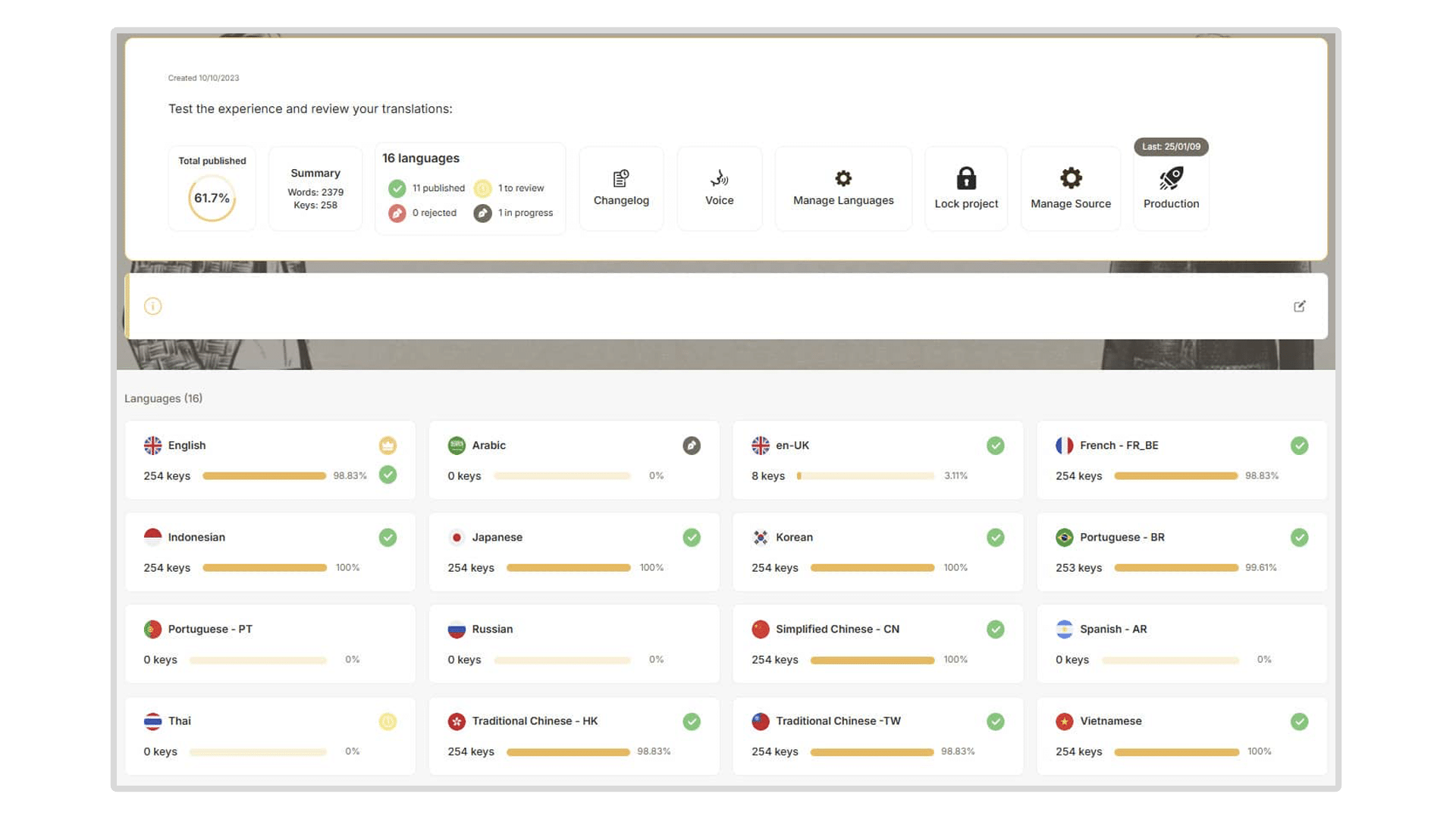
Understand and create your microlearning in 5 steps

Microlearning is increasingly becoming one of the most popular learning formats of recent years. A genuine pedagogical strategy, microlearning is an effective way of compensating for employees’ lack of time to acquire new skills.
A study shows that 58% of employees prefer to learn at their own pace, and there’s nothing better than microlearning. But beware: implementing an educational technology such as microlearning is no simple matter. It’s best to be accompanied by learning designers to ensure that the training is short, but thorough and engaging.
Find out in 5 steps how to create your Microlearning:
I. Determine your objectives
The main advantage of microlearning lies in its infinite adaptability, both in terms of format and topic. However, its format is designed to be short and get to the point, and is not ideal for covering a multitude of subjects. That’s why it’s vital to define one or two precise objectives around which to structure your microlearning program.
Some of the objectives that microlearning is designed to achieve:
- Reinforce one or more of your employees’ skills
- Train your employees to perform a task or use a tool with which they are having difficulty.
- Introduce them quickly to new subjects or products
- Offer training that evolves with the company’s values or new objectives.
As you can see, whatever the field, microlearning can meet all kinds of objectives. Select it carefully, so that we can offer you the most relevant microlearning solution adapted to your employees’ needs.
II. Choose your format
Microlearning is a flexible educational technology, capable of adapting and transforming itself to meet the specific needs of each learning context. It can even be used to combine different formats. With microlearning, the possibilities are endless. It’s totally adaptable to your needs. Depending on your objectives and your employees’ profiles, you can design learning paths that precisely meet their needs, while motivating them to pursue their professional development at their convenience and desired pace. Here are a few microlearning formats:
- Quizzes: Recommended for assessing and reinforcing understanding interactively and instantly.
- Games: Gamification to ensure engagement and active participation.
- Video / Interactive video: Ideal for employees with a visual memory or to illustrate complex concepts.
- Flashcards: Work on memorizing and reviewing key concepts.
- Podcasts: An ideal audio format for training anytime, anywhere.

III. Structure your learning messages
Now that you’ve determined your objectives and format, it’s time to define your learning messages. Microlearning, with its short format, needs to be clear and concise. Each module or session must be designed to convey a specific idea, skill or concept without superfluity. This means focusing on the essentials, and presenting information in a way that makes it easy to understand and remember.
To do this, you need to identify the central message to be retained and, above all, use concrete examples. During this phase, you can already think about the KPIs you want to collect. This data will be invaluable in measuring your employees’ progress, as well as the achievability of your objectives.
IV. Creating storytelling and visuals
If you’ve opted for a more creative microlearning experience, such as a quiz, interactive video or game, it’s time to think about your scenario. Many brands, such as Dior and Lancôme, have fully embraced gamification in their microlearning strategies, particularly for their product launches. The creation phase consists in developing a narrative or logical path that will guide the learner to the educational message and the acquisition of the skill. The experience will not only be educational, but also engaging and stimulating. The scenario must be sufficiently captivating to maintain the learner’s interest, while being directly linked to the established learning objectives. Introducing riddles or challenges to solve can turn learning into an adventure, encouraging learners to actively apply what they’ve learned to progress.
Microlearning and its adaptability allow more room for creativity and personalization options, so you can customize your microlearning module to your brand’s DNA, and so on.

When designing an interactive microlearning solution, it’s crucial to maintain balance between aesthetics and functionality. Whether 2D is chosen for its simplicity and effectiveness, or 3D for its ability to engage and immerse learners, the objective remains the same: to facilitate learning by making content not only accessible and understandable, but also captivating and memorable.
Discover Dior’s interactive microlearning for the Dior Rouge collection!
V. Follow-up
Once you’ve finally launched your microlearning module, it’s time to follow up with the feedback. This phase is crucial for evaluating the effectiveness of the training, gathering feedback from learners and adjusting the content accordingly. In this way, you can establish the extent to which pedagogical objectives have been achieved and identify areas for improvement.
For this, the KPIs you have previously selected and collected will be of prime importance. This involves analyzing engagement data, success rates, and collecting direct feedback from participants. This valuable information helps to fine-tune the microlearning module, reinforcing strengths and correcting weaknesses. Rigorous monitoring ensures that content remains relevant, engaging and in tune with learners’ evolving needs, guaranteeing a continuous, optimized learning experience.

Microlearning is gaining popularity as learners’ first choice because of its accessibility and, above all, its ability to convey a maximum amount of information in bite-size. But for it to be fully effective, it’s important to surround yourself with a team of experts who can support you and help you structure it. It’s important that microlearning is accessible, can be used in tandem with other training and focuses on one or two learning objectives. It’s also essential to note that microlearning can’t always replace a full training course, so it’s important to evaluate this aspect before embarking on this educational technology.
Discover


Book A Demo
Get a personalized demonstration by one of our game design experts.


